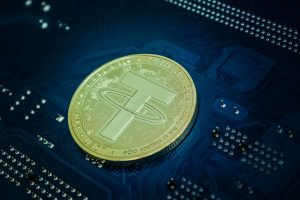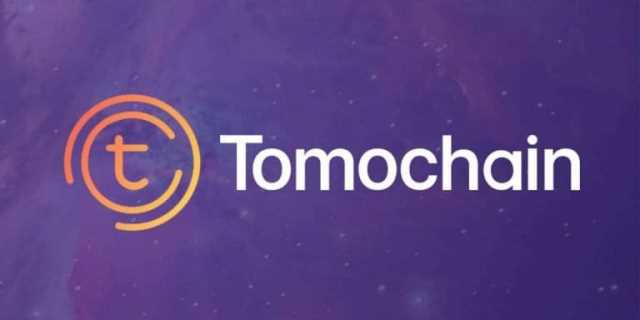
According to ethereum beige paper, " An ommer is a block whose parent is equal to the current block’s parent’s parent." The purpose of ommers is to help reward miners for including these orphaned blocks. The ommers that miners include must be “valid,” meaning within the sixth generation or smaller of the present block. In case of proof-of-work mining, there are many miners trying to mine the same set of transactions at the same time. Since the block mining time is very short (about 15 sec. in case of ethereum) there is a possibility, that more than one blocks are mined within a very short interval.
Anonymous vs orphan account: What's the difference?
Additionally, automated IAM systems can help by flagging accounts that show no activity for extended periods, prompting a review. This means that a user could see a transaction as having one confirmation and then, if a longer blockchain was received that didn't include the transaction, https://www.tokenexus.com/ it could change back to 0 confirmations. If I understand it right, a stale block is a block for which an earlier confirmation has been found and was accepted by majority of people. Thе tеrm “orphan block” is oftеn usеd colloquially to rеfеr to blocks that arе rеjеctеd by thе nеtwork.
What tools can help in identifying and managing orphan accounts?

The reputation damage resulting from security breaches can also lead to a loss of customers and revenue. Orphan accounts introduce discrepancies in audit trails, making it difficult to track user activities and access patterns. This can lead to false positives or negatives during security assessments, undermining the reliability of audit findings.

What are orphaned and stale blocks?
- In the past, orphan blocks occurred frequently in the Bitcoin blockchain network.
- While they can have certain negative implications for miners, they do not pose a threat to the overall health and security of the blockchain.
- In conclusion, orphan blocks are an integral part of the blockchain ecosystem.
- To mitigate this risk, organizations should implement stringent access control measures, regularly review and update user permissions, and employ advanced threat detection mechanisms.
- In addition to situations where two or more miners have found a block at roughly the same point in time, orphaned blocks can also pop up in attack situations.
Uncle blocks are bound to be created many times because all the nodes that maintain the ledger are not updated immediately when a new block is mined. To reduce the risk of data breaches, organizations should prioritize the identification and elimination of orphan accounts. Implementing robust encryption, access controls, and regular security audits can help safeguard sensitive information from unauthorized access and potential breaches.
The bitcoin protocol incentivizes bitcoin miners to work on extending the longest bitcoin blockchain as that is how they receive their rewards – through the Nakamoto consensusWhat Is Nakamoto Consensus? Nakamoto consensus is the mechanism that allows the bitcoin network to maintain an agreement on the state of the blockchain. It is named after Satoshi Nakamoto,..., the network of bitcoin miners agree to only propagate blocks that what is an orphan block extend the longest chainWhat Is Nakamoto Consensus? And thus orphaned blocks are rejected and not added to the bitcoin blockchain. Non-compliance with these regulations can have severe consequences, including financial penalties and damage to the organization’s reputation. Regulatory bodies impose stringent requirements on data access management, and orphan accounts pose a significant compliance risk if not properly managed.
- In this comprehensive guide, we will dive deep into the concept of orphan accounts, exploring how they occur, the significant risks they pose, and the best practices for identifying and eliminating them.
- Cryptocurrencies and blockchain technology play an important role in recording financial transactions securely and transparently.
- Though the term “orphaned block” is still used to refer to a valid block that gets discarded from the main blockchain.
- IT teams must spend valuable time and effort tracking, auditing, and securing these accounts, which could otherwise be directed towards strategic initiatives and improving overall system performance.
- Detached or Orphaned blocks are valid blocks which are not part of the main chain.
Parent block information would be included in this hash, so an orphan block would be a strange occurrence in a network that relies on validation and verification of all preceding blocks. Proof Of Work, often abbreviated as PoW, is both the method for achieving consensus across the entire Bitcoin network as well as a piece of... Orphan accounts can lead to unauthorized access, data breaches, regulatory non-compliance, insider threats, resource drain, inaccurate audits, operational inefficiency, and financial losses. Orphan accounts retain the access permissions and privileges of the former user, allowing potential misuse by unauthorized individuals. The specific association with a user and their role makes orphan accounts a more targeted security risk compared to anonymous accounts.
- Now, because miners are constantly creating new blocks, there are a lot of cases when blocks are transmitted onto the network at the same moment.
- This causes the network to split into two competing versions of the blockchain until one of the blocks is discarded (the longest chain prevails while the other is abandoned).
- The bitcoin protocol incentivizes bitcoin miners to work on extending the longest bitcoin blockchain as that is how they receive their rewards – through the Nakamoto consensusWhat Is Nakamoto Consensus?
- Regularly updating the HR and IT databases with accurate information about employee status and roles is essential for effective account management.
- Non-compliance with these regulations can have severe consequences, including financial penalties and damage to the organization’s reputation.
- It is not intended to offer access to any of such products and services.
